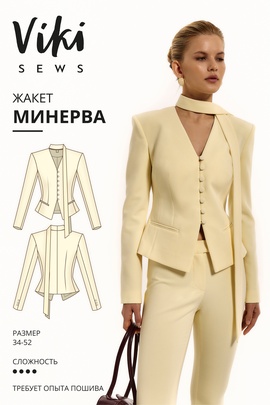The rouleau loops add a beautiful touch to summer dresses and blouses.
You can use pre-made satin, leather, or suede cords to create them. Sometimes pre-made cords are better, as not all fabrics will work. For nice and neat loops, choose thin, slippery materials such as silk, satin, or chiffon.

1️. Cut a bias tape at a 45-degree angle. This is important! Fold it in half lengthwise, right side in, and press. This will help you sew a straight line of stitching.

2️. Use a stitch length of 2−2.5 mm for added elasticity. Sew 2−3mm (1/8”) away from the fold. At the start, the stitching should be funnel-shaped with a 5 mm (just under 1/4") distance from the fold. This is to turn the piece right side out easily. Leave long thread ends of around 10−20 cm (4−8”).


3️. For lightweight fabrics, thread the long ends through a large needle, pass them through the strap and pull by the threads to turn the piece right side out. For thicker and loosely woven fabrics, trim the seam allowance down to 3 mm (1/8”) and use a latch hook to turn the strap right side out.

4️. Straighten out the strap, spray it with water, and secure it to your ironing board with pins, while it’s taut. The bias cut and tension will make the piece smooth and sleek. The seam allowance left inside will fill the strap, creating a rounded shape. Press the piece flat, while keeping the seam to one side.

5️. The length of the loop for a 1 cm button should be 4.5 cm (1 3/4"), but since buttons come in different sizes, it's best to test the loop length. Hand-baste the loop to the seam allowance and pass the button through to make sure it goes in and out easily.

6️. Cut the rouleau strap into equal sections, based on the length you determined earlier.

7️. When basting the loops in place, make sure the seam is positioned correctly. The loop should be placed right sides together with the fabric.
That’s it! Sew your Lacey, Mirella, or Reese to shine bright in these summer dresses.
Find more helpful sewing tutorials here:










Здесь пока нет комментариев